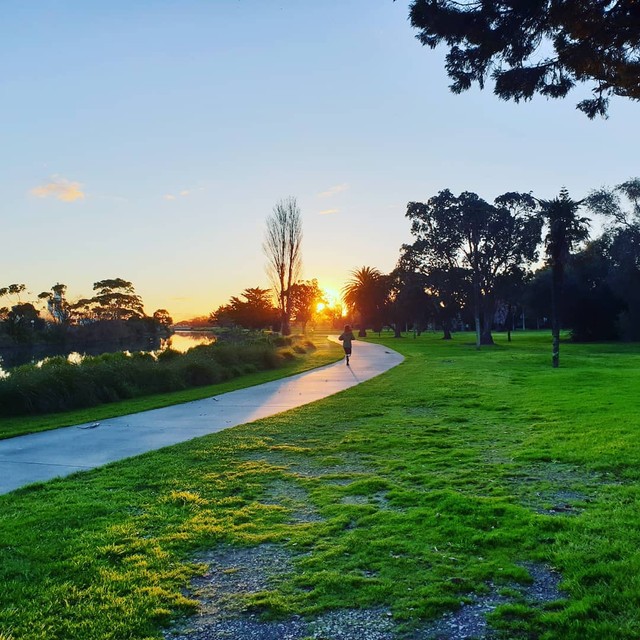The weather has been challenging for Tairāwhiti. It has been hit hard by Cyclone Hale and Cyclone Gabrielle within a month. The aftermath after Cyclone Gabrielle was immense taking a huge toll on people, livelihoods and the environment.
I feel like one of the lucky ones as I look forward to taking a walk on Alfred Cox Park walkway. I like to see the birds foraging in the stream, be amongst nature and catch some sunlight.
A pump track is nearby giving tamariki and whānau a fun place to hang out. Urban development is increasing so what does the future hold for wildlife and nature?
Statistics on urban growth show the world population is increasing. The number of people living in cities is rising. We are seeing this in Aotearoa as well. While studies on the effects of nature and urban growth reveal interesting findings about green spaces, nature in neighbourhoods, and peoples’ experiences. But the difference I believe will be what we can do to help the environment.
Five things we know about urban population growth:
1. At present about half of the world’s population lives in cities.
2. It reached 8 billion in November 2022 and continues to grow but is slowing. It will reach 9.7 billion in 2050.
3. 70% of people will live in cities.
4. 86% of kiwis currently live in urban areas.
5. Urban areas are expanding and set to triple by 2030.
Studies on nature and urban growth
Green spaces in our cities
A Danish study found that access to green space while growing up reduces the risk of developing psychiatric illness. While other studies have found contact with nature provides a multitude of health benefits. These are important factors in disease prevention and health promotion.
Bringing nature back to our neighbourhoods
Returning native birds to urban forests and planting trees in neighbourhoods does help. This is being seen in community restoration projects and a recent study at Zealandia in Wellington.
Beliefs and experiences of nature
While a study of Hamilton city residents’ experiences in nature showed people wanted to be able to use parks, reserves, and spaces in cities with native plants and animals.
Planning and design are key
With careful planning and design, we can create efficient and beautiful urban spaces. There are examples of cities overseas that have found ways to incorporate nature. Parks are becoming more common in urban areas. There are instances of cities experimenting with buildings covered in moss or vertical gardens.
Building resilience in our communities
This article summarises what Australia has learnt from recent flood events triggered by climate change and the return of the La Nina weather patterns. The need to think beyond emergency management to build long-term resilience within agencies and communities is something both Australia and New Zealand must do. This requires thinking about how our cities grow and how to retain flood resilience and transport links.
What you can do to bring nature back
It is up to us to keep nature in our neighbourhoods. Whether this is planting trees to attract birds and bees. Taking part in community-led projects and initiatives. Studying the behaviours of wildlife. Appropriate planning, and designing infrastructure along with transport links. Let’s keep nature in mind and embrace it in our everyday lives. If we respect papatūānuku (Earth mother) we will be leaving a legacy for future generations.
To read more on nature sign-up for the Connect with Nature in Tairawhiti Gisborne blog.

